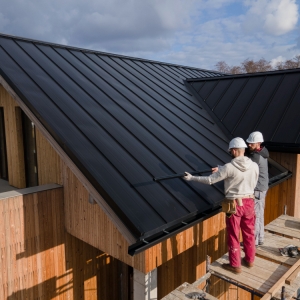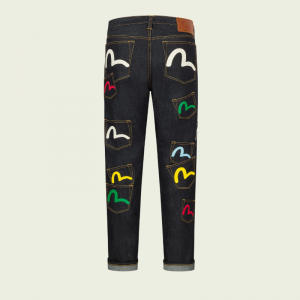Modern body armor material is a marvel of material science, a complex system designed to defeat a wide range of ballistic threats. The term "bulletproof vest" is a misnomer, as no material is truly impervious to all bullets. Instead, the goal is to be bullet-resistant—to slow a projectile down and spread its energy over a wide enough area to prevent it from causing a lethal injury. This is a far more sophisticated challenge than simply stopping a blade, and it requires a multi-layered approach using a combination of different materials, each with a specific function.
The most common type of soft body armor is made from aramid fibers, with Kevlar® being the most famous example. These fibers are incredibly strong and have a high tensile strength. A bullet striking this material doesn't punch a hole through it; instead, it is caught in a web of fibers. As the bullet pushes against the fibers, they stretch and deform, absorbing the kinetic energy of the projectile. The fibers are woven into multiple layers, and the energy is transferred from one layer to the next, much like a spider's web catching a fly. The force of the impact is spread across the entire vest, so that the energy is dissipated over a large area of the body, reducing the trauma to a level that the body can withstand. While this process is highly effective at stopping pistol rounds, it can still cause significant blunt trauma, which is why a trauma plate is sometimes used.
For more serious threats, such as high-velocity rifle rounds, soft body armor is not enough. This is where hard armor plates come into play. These plates are typically made from ceramics, such as aluminum oxide (alumina), silicon carbide, or boron carbide. When a high-velocity rifle round strikes a ceramic plate, the ceramic shatters. This shattering is not a failure; it is the primary mechanism of defense. The hard, brittle nature of the ceramic absorbs a tremendous amount of energy in a very short period, deforming and breaking the projectile into smaller fragments. The ceramic's job is to stop the initial penetration and to break up the round.
These ceramic plates are not used alone. They are always backed by a layer of soft, high-performance fibers, often the same aramid or polyethylene fibers used in soft armor. The purpose of this "spall liner" is to catch any fragments of the projectile or the ceramic that might have penetrated the plate. The hard plate does the heavy lifting of breaking up the bullet, and the soft backing catches the shrapnel, ensuring that the wearer is protected from all parts of the threat. The combination of a hard, energy-absorbing ceramic front and a soft, flexible, fragment-catching backing is the core principle behind almost all modern high-threat body armor. It is a testament to the power of combining different materials to create a system that is far more effective than any single component could ever be on its own.







